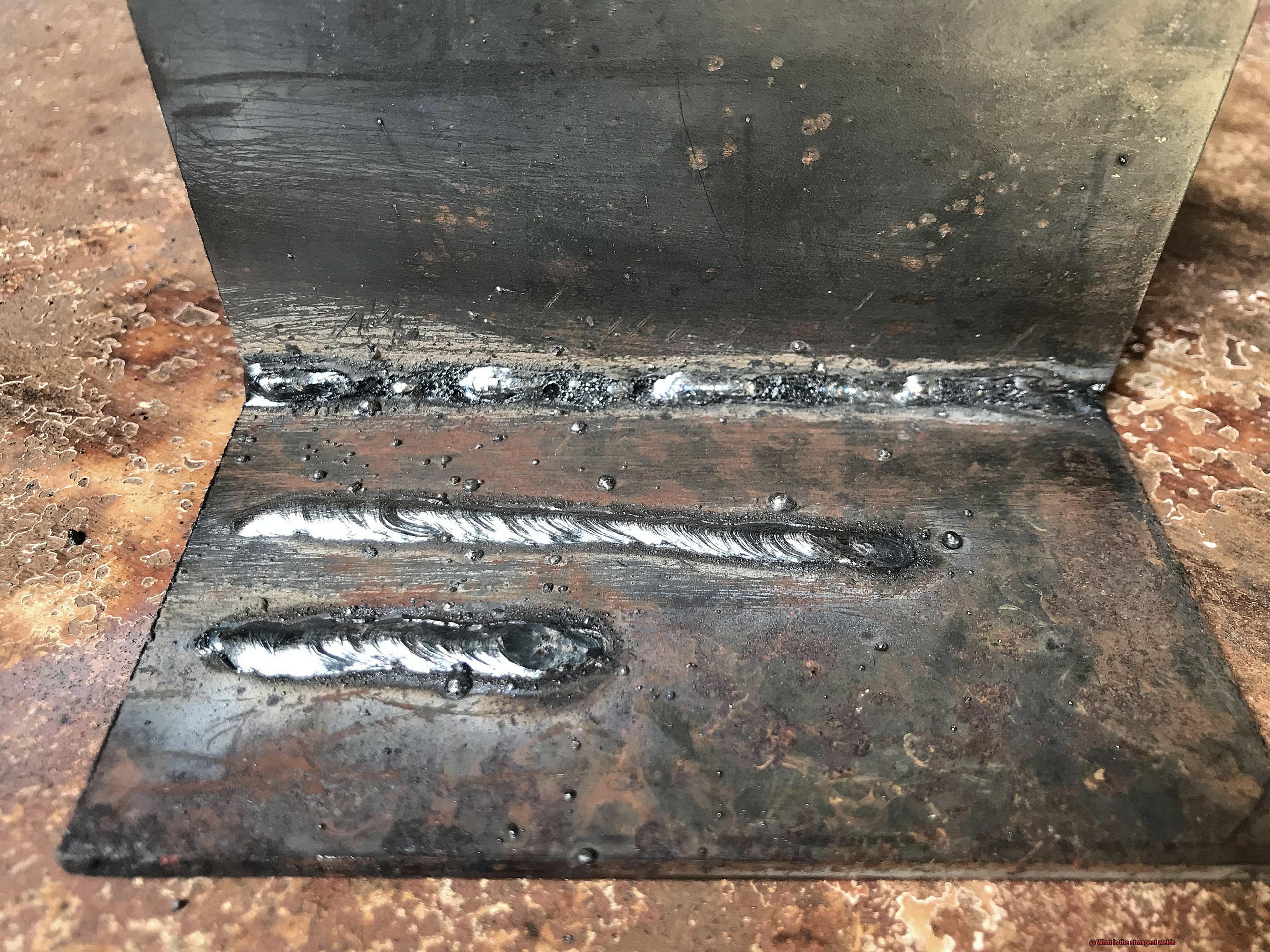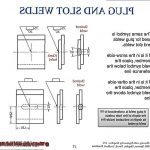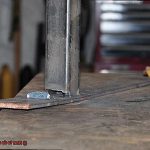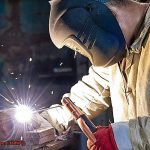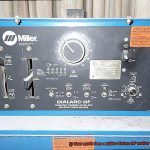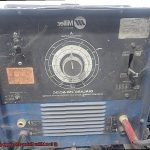Greetings, fellow welding enthusiasts and curious minds alike. Are you eager to uncover the secrets behind the strongest welds known to man? Well, your search ends here. In this blog post, we will take a deep dive into the world of welding and explore the various types of welds that are considered to be indestructible.
But first, let’s take a moment to appreciate how essential welding is in our lives. From towering skyscrapers to intricate machinery, welding holds everything together. It’s an art that creates robust and long-lasting bonds between materials.
Now, let’s get back to the question at hand: what is the strongest weld? Is it the trusty MIG weld or the highly durable TIG weld? Or could it be the versatile stick weld or something entirely different? Fear not. We will examine each technique in detail, highlighting their strengths and weaknesses so you can decide which one suits your project best.
Whether you’re a seasoned pro or a curious novice, join us on this exciting journey as we unravel the mysteries behind welding and discover how to create welds that can withstand anything life throws at them. So buckle up and let’s get started.
Types of Welds
Contents
When it comes to welding, there are several techniques available to join two or more pieces of metal. The type of weld used can affect the strength, durability, and appearance of the finished product.
Let’s take a closer look at the different types of welds.
Butt welds are one of the most commonly used techniques. This involves joining two pieces of metal end-to-end, creating a solid bond. Butt welds are ideal for applications where strength is critical, such as in construction and fabrication.
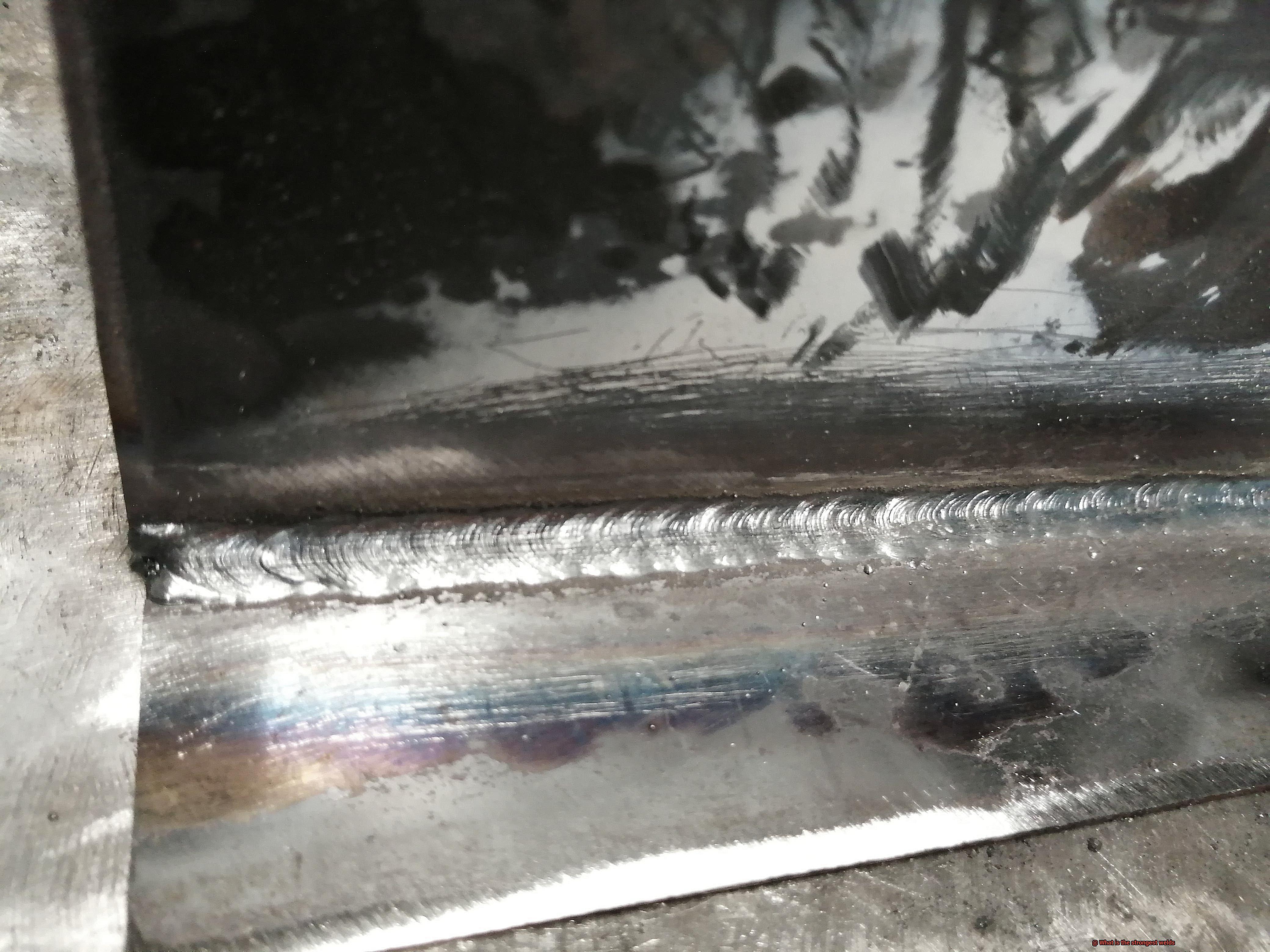
Lap welds, on the other hand, overlap two pieces of metal. They’re often used in sheet metal work and provide a flush finish.
Fillet welds join two pieces of metal at right angles. They’re great for creating a smooth finish and are often used in applications where strength is essential.
Corner welds are similar to fillet welds but are used at intersections or corners. This type of weld is often used in structural applications where integrity is a top priority.
Edge welds are perfect for creating a seamless appearance as they join two pieces of metal at their edges.
Finally, T-joint welds join two pieces of metal that form a T-shape.
They’re ideal for applications where stability and strength are crucial.
Factors That Impact Weld Strength
Weld strength is a vital aspect of welding that determines the durability and reliability of the final product. As an expert in welding, I am going to take you through the various factors that can impact weld strength and how to ensure you produce strong and reliable welds.
The first factor that affects weld strength is the type of material being welded. Different metals have varying properties, such as melting points, thermal conductivity, and tensile strength, which can affect the welding process and the final outcome. To produce strong welds, it is essential to select appropriate materials that are compatible with each other.
Welding dissimilar metals can lead to weaker welds due to differences in their thermal expansion rates, while metals with high carbon content are prone to cracking during welding, which can compromise the strength of the final weld.
The welding technique used also plays a crucial role in determining weld strength. Techniques such as TIG (Tungsten Inert Gas) and MIG (Metal Inert Gas) are known for producing strong welds due to their ability to create a high-quality bond between the metal parts being welded.
Proper preparation of the welding surface by removing any contaminants and ensuring proper fit-up of the metal parts can significantly enhance weld strength. It is also crucial to select the appropriate technique for the application to ensure maximum strength.
The welding process employed can also impact weld strength. The use of too much heat during welding can cause warping or distortion of the metal parts being welded, leading to weaker welds.
Similarly, inadequate cooling after welding can result in residual stresses that can weaken the final weld. It is essential to follow proper procedures when selecting a welding process and ensure that you use the appropriate heat input and cooling methods.
Arc Welding
Arc welding utilizes an electric arc to create heat and melt metal, making it a popular choice for the manufacturing industry.
Not only can it produce high-quality welds quickly and efficiently, but the welds themselves are also generally stronger and more durable than those produced by other types of welding processes.
This is because arc welding uses a consumable electrode that melts and fuses with the base metal, creating a bond that can withstand stress and strain.
Arc welding also allows for precise control over the amount of heat applied to the metal, which means the welder can create a strong, uniform weld without damaging the surrounding material.
And with various types of arc welding available, each with their own unique advantages and disadvantages, there’s sure to be one that fits your needs.
Shielded metal arc welding (SMAW) is a versatile type of welding that can handle a wide variety of metals, while gas tungsten arc welding (GTAW) is a precise type of welding that produces high-quality, strong welds.
Gas metal arc welding (GMAW), on the other hand, is a fast and efficient type of welding commonly used in manufacturing.
TIG Welding
If you’re searching for a welding technique that can produce some of the strongest welds, look no further than TIG (Tungsten Inert Gas) welding. This non-consumable electrode method uses a tungsten electrode to create an arc that melts the metal being welded, resulting in a clean, precise, and robust weld that can be used on a variety of metals.
One of the reasons TIG welding is so powerful is its precision. The controlled heat input means there is minimal distortion and warping, which can weaken the weld. Additionally, TIG welding produces a small heat-affected zone, which ensures that the surrounding metal remains stronger and less susceptible to cracking or breaking.
Versatility is another strength of TIG welding. It can be used on various metals like aluminum, stainless steel, and titanium – all critical metals for industries requiring high strength and durability such as aerospace and automotive manufacturing.
TIG welding also allows for the use of filler materials, strengthening the weld further. During welding, additional material fills any gaps or voids in the joint, adding extra strength to the finished product.
MIG Welding
Well, let me tell you, it’s a fascinating technique. MIG welding, or Gas Metal Arc Welding (GMAW), is an incredibly versatile process that’s popular in a wide range of industries. From automotive manufacturing to metal fabrication, MIG welding is the go-to choice for many professionals.
When it comes to the strength of MIG welds, there are several factors at play. The type of wire used is crucial.
A high-strength wire such as ER70S-6 can result in stronger and more durable welds than a lower-strength wire like ER70S-But it’s not just the wire that matters; the shielding gas used during the welding process also plays a significant role. Argon and carbon dioxide are the most common gases used for shielding.
Still, specific mixtures of these gases can be used to achieve specific results, such as a mixture of 75% argon and 25% carbon dioxide for mild steel or 90% helium, 7.5% argon, and 2.5% carbon dioxide for aluminum.
The welder’s skill level and technique are equally important in producing strong welds. Proper preparation of the workpiece, maintaining a consistent travel speed, and ensuring adequate penetration are all essential for achieving robust welds that will stand the test of time.
Other Considerations for Stronger Welds
You know that MIG welding is an art that requires skill and precision to create strong and durable welds. However, did you know that there are other considerations that can lead to even stronger welds?
One important factor is preheating the material before welding. By doing this, you can reduce the stress and strain on the material. This, in turn, can lead to a stronger weld, as well as prevent cracking during the welding process. So, take the time to preheat your material for optimal results.
Another key consideration is choosing the right filler metal. It’s essential to select a filler metal with similar properties to the base metal. This will ensure a strong bond and increase the overall strength of your weld.
Proper cleaning and preparation of surfaces being welded is also crucial. Dirt, rust or other contaminants can weaken your weld, so it’s vital to remove them before starting the welding process. Additionally, using proper welding techniques and equipment, such as maintaining consistent heat and providing enough shielding gas, will contribute to creating stronger welds.
Lastly, consider post-weld heat treatment (PWHT) for certain types of welds to further strengthen them. This involves heating the welded material to a specific temperature and holding it there for a set amount of time before allowing it to cool slowly. This process can relieve any residual stress in the material, improve its toughness and ductility, resulting in a stronger weld.
wZ6629LCHQ0″ >
Conclusion
To sum up, welding is a crucial skill that allows us to join different materials and create sturdy bonds that last for years. The type of weld used can significantly affect the strength, durability, and appearance of the final product. Whether it’s butt welds or T-joint welds, each technique has its benefits and drawbacks that must be taken into account before selecting the appropriate one for a project.
Factors such as material selection, welding technique, and process employed are all critical in determining weld strength. Preparing the welding surface by removing any impurities and ensuring proper fit-up of metal parts can significantly enhance weld strength.
Furthermore, using suitable heat input, cooling methods, and post-weld heat treatment (PWHT) can further strengthen welds.
When it comes to producing strong and durable welds, arc welding is a preferred choice due to its ability to create high-quality bonds between metal parts.
TIG welding is also known for producing some of the strongest welds due to its precision and versatility in handling various metals. MIG welding is another versatile process that’s popular in many industries.
Whether you’re an experienced professional or just starting your journey in welding, understanding these different types of techniques and factors that impact their strength will help you create robust structures that stand the test of time.
